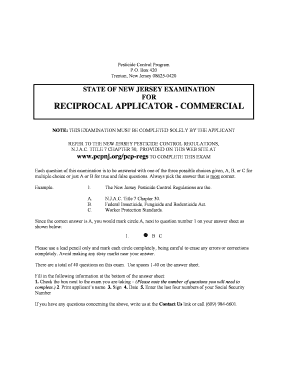
So, if the stars align, “the court got it wrong” might be a highly effective argument for reconsideration in fact, in those circumstances reconsideration functions as a second bite of the appeal apple. And since, in this example, the remaining judges from the prior panel disagree, the newly appointed Judge’s “you got it wrong” determination means the court will grant the motion for reconsideration and change the outcome of the case. It seems that the newly added judge should grant reconsideration if the judge simply disagrees with the prior outcome-i.e., thinks the majority was wrong.

Imagine the scenario: the appellate court issues a split decision, and by the time the motion for reconsideration is fully briefed, one of the judges in the majority is no longer on the court. In Gonzalez, Justice DeWine explained that a judge should vote to grant reconsideration when the judge believes the case was wrongly decided-because it serves the expedient administration of justice to correct the error as soon as possible. Now add to the mix Justice DeWine’s concurrence in State v. In other words, there needs to be a judge appointed to the reconsideration panel that is new to the case. 2022-Ohio-509, the Ohio Supreme Court ruled that, when an original appellate panel included a judge that is no longer on the court, and that judge cannot therefore hear a motion for reconsideration, Article IV, Section 3(A) of the Ohio Constitution nonetheless requires that three judges be on the reconsideration panel.


But a recent Ohio Supreme Court decision gives hope for a narrow band of motions in which the litigants argue just that. Even less likely to be successful is the argument that the appellate court addressed the issues and considered the evidence and facts, but simply got it wrong. Asking an appellate court to reconsider its decision is rarely going to be successful.


 0 kommentar(er)
0 kommentar(er)
